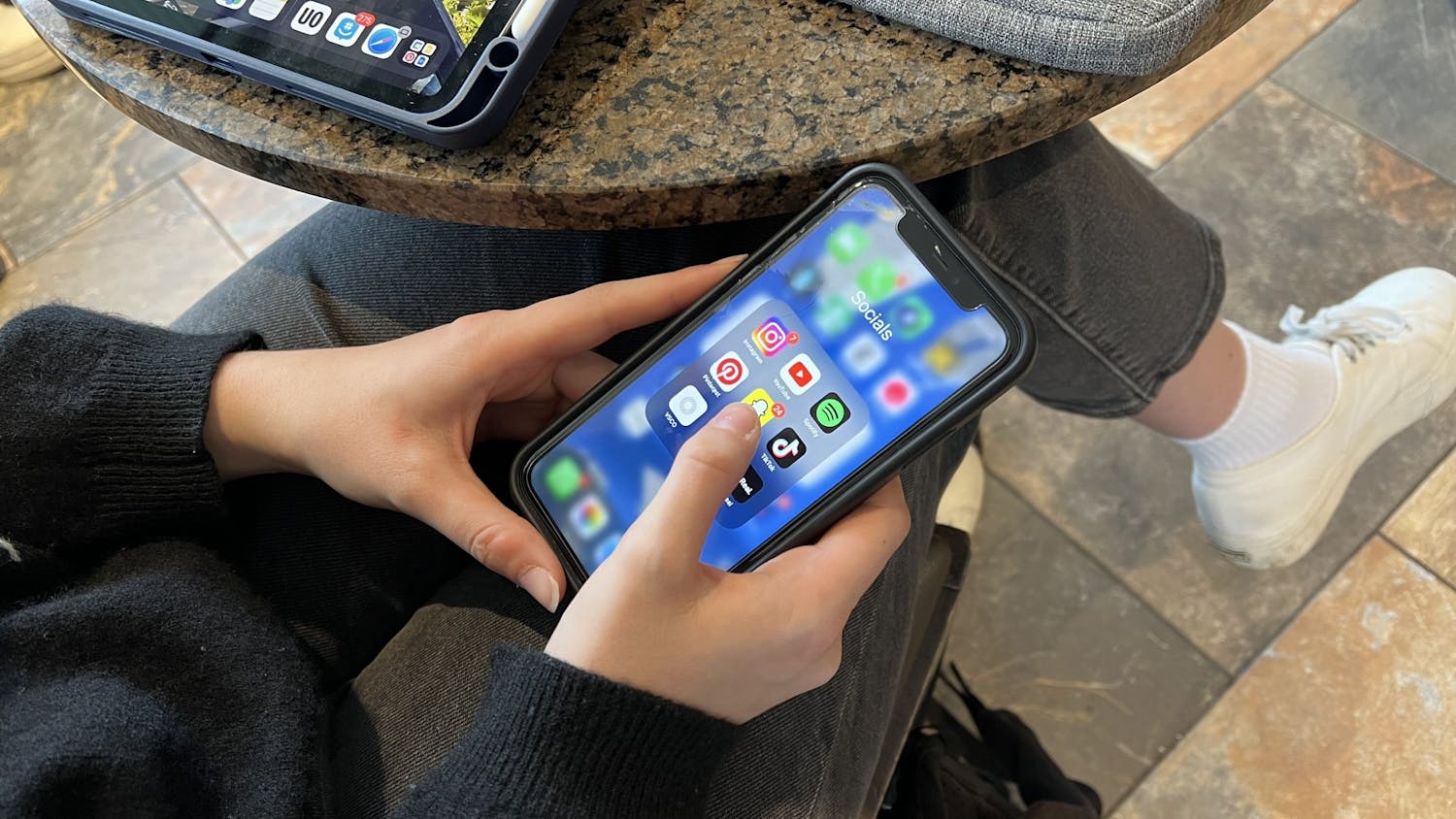The Chazen Museum opened a new exhibit this December, focusing on 15th-century printmaking to examine the historical and cultural implications of the printing industry.
With a focus on German printmaker Israhel Van Meckenem, the Chazen exhibits the history of printmaking and copying and makes essential connections to the development of modern-day enterprise.
The exhibit features over 60 pieces from the work of Van Meckenem and other artists, highlighting the importance of printmaking as an early art form. From learning about the physical labor to make these pieces and how they were utilized, museumgoers can take a captivating journey through time and innovation.
Museum curator James Wehn guided us through the exhibit and illuminated the forgotten history of printmaking. Many of the works displayed in the museum have never before been showcased in any museum, much less together in a singular exhibition.
Van Meckenem, a German goldsmith, is at the forefront of the exhibit. The exhibit toys with ideas related to copyright, branding and authenticity as artists of the 15th century had minimal ownership of their work.
The art of printmaking relies heavily on intensive labor, where artists diligently carve their images into pieces of copper and other elements, according to the exhibit. From there, the pieces are transferred with ink onto any number of products, including books and prints. Copyright issues arose when artists of the 15th century would then take these engravings and follow the same methodologies and patterns of previous artists to curate similar images.
Meckenem himself was an avid plagiarist, often tagging his own name or “brand” to the prints of other artists. This exhibit, and the focus on Van Meckenem’s alleged plagiarized works, is essential to understanding the development of brands as sources of consumer interest as well as the creation of copyright laws to protect the work of artists.
Ideas related to copyright laws and artists’ right to own and protect their work became increasingly prevalent as printmaking was popularized. Although Van Meckenem allegedly has experience with artistic plagiarism, many of the pieces within the exhibit are authentic and reflect his own creative genius. Van Meckenem’s family, his hometown of Bocholt, Germany and many elements of his personal life are reflected in his work to develop his brand identity.
Van Meckenem’s portrait of himself and his wife, Ida, displays this idea. This is believed to be the first printed self-portrait in history, according to the exhibit, and is characteristically similar to the modern-day selfie. By making prints of his own face, Van Mechenem essentially created a pseudo-brand identity, which he also expresses in his use of his initials as a trademark.
Ultimately, his marketing strategies could be considered successful as his prints were found all across Europe. From features found within devotionals and personal Bibles to trading card-type prints, Van Meckenem’s work was both widespread and extremely accessible.
“It is a great example of an entrepreneur recognizing the potential of a relatively new medium to promote himself and his wife,” Wehn said. “Today, we get our images out into the world in seconds. In the 1400s, labor-intensive prints were the newest, most efficient way to replicate and distribute images, and it probably took weeks or months.”
Printmaking as an enterprise had a profound effect on the idea of business in the 15th century, according to the exhibit. It made art more accessible to the average person, but it also provided unique challenges to artists to protect their works from being distributed under false names.
Although actual copyright laws would not exist in Europe for several more centuries, the idea that artists should have ownership of their work was a revolutionary idea at the time.
The exhibit raises questions regarding authorship that are still relevant in the modern day. James Wehn said he has a unique vision for the exhibit, hoping that museumgoers will leave the exhibit with some of these ideas in mind.
“I hope to show that print publishing — the ability to efficiently multiply images for profit — began to influence cultural values related to copying, artistic innovation and concepts of authenticity,” Wehn said.
“I find it fascinating that today, more than five hundred years later, digital media and artificial intelligence are raising similar issues,” he continued.
“The Art of Enterprise” takes a critical look at the printmaking industry to further understand the development of modern-day practices in the world of arts and business. It also raises questions regarding authenticity and art that are still relevant today, especially with the rise of social media.
The Chazen will display the exhibit until March 24, 2024. This expertly crafted exhibit offers a unique perspective to anyone interested in printmaking, art and business. It showcases rare works of art that are unlikely to be found anywhere else, and it highlights an often overlooked historical art form.
Rebekah Irby is an arts editor for The Daily Cardinal.






